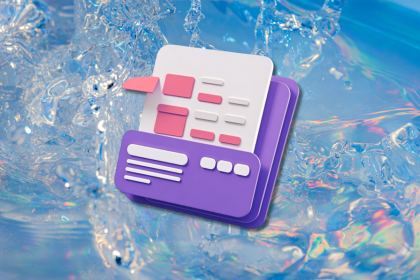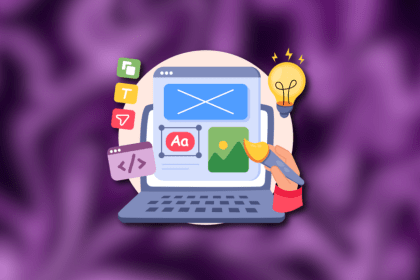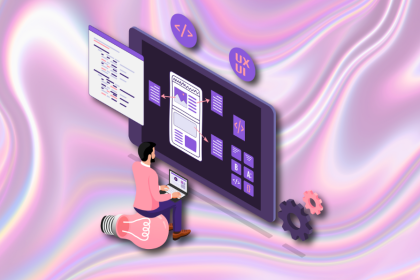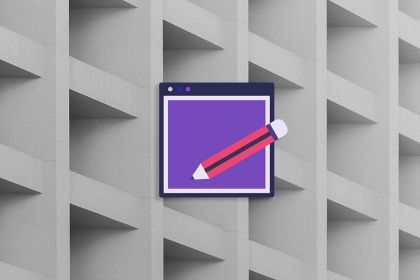
Small actions can have large consequences in complex systems. Here’s how UX designers can manage dependencies so users feel informed and in control rather than blocked or blindsided.

This article examines when hero sections are necessary in digital products, when they create friction, and how to evaluate them using UX goals, primary actions, user flow impact, and real-world alternatives.

AI speeds up tasks like research synthesis, ideation, and first-draft wireframes, but it can’t replace clarity, taste, or decision-making. Here’s a grounded look at what AI actually does well in UX right now.

Discover how to craft UX-friendly hero sections with examples, design tips, and strategies that drive engagement and conversion.
One Reply to "Defining your UX skillset: T-shaped vs. I-shaped vs. M-shaped vs. X-shaped"
The article offers a clear breakdown of UX skillset shapes—T-shaped, I-shaped, M-shaped, and X-shaped—helping professionals understand how depth and breadth of skills impact their roles. Recognizing these distinctions allows UX designers to identify growth areas, balance specialization with collaboration, and better position themselves in teams, ultimately enhancing both career development and project outcomes.